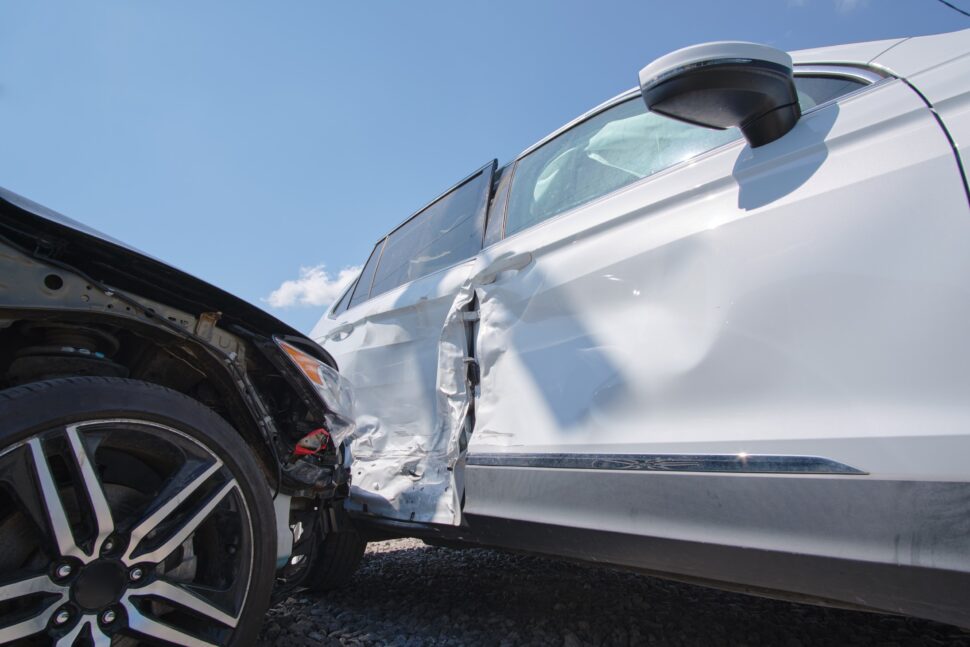An automobile collision involves two or more cars striking each other on the road. At times, objects on the road are also part of the collision, such as guardrails. After the collision, pulling over and verifying that you’re not injured are the first steps. However, there are a few other steps to take so that the situation can be resolved quickly and fairly.
Document the Scene
Initially, put your emotions aside and pull out your mobile phone. Documenting the scene is a critical step because the images can explain why a collision occurred. Ideally, snap photos of both vehicles and any damages. Next, take a wide shot of the entire scene. This photo might include pictures of an intersection or several lanes of road.
Documenting the scene also includes gathering information from the other driver. For example, ask for the person’s driver’s license, registration and insurance information. Depending on the accident’s severity, the police might arrive to take statements. However, involving law enforcement isn’t always necessary.
Contact Your Insurance Company
After clearing away the scene, such as driving home or towing the cars, it’s time to contact your insurance company. For example, submit a claim by calling the company or going online for a virtual submission. Your insurance should assign an adjuster to the claim, and this individual is your point of contact from now on.
In most cases, the adjuster will discuss your side of the story and ask for a police report if any. Essentially, they’re trying to see who was at fault during the collision.
Avoid Contacting the Other Party
It may be tempting to contact the other party involved in the collision but refrain from doing so. Your insurance companies should be the only parties communicating about the collision. The reason behind this guideline revolves around emotion and fault. In short, the driver who caused the collision will have their insurance payout for both vehicles. Because there’s a lot of money involved, emotions can run high if the drivers communicate. As a solution, unbiased third parties called the adjusters can make a sound decision on cause and possible payoffs.
Consider a Lawyer
Most collisions end up with a resolution from one or both insurance companies. However, you may want to contact a lawyer for representation in certain scenarios. For example, if you were injured during the collision, there are medical bills and car damages to be paid. Or, you might feel the insurance company isn’t paying out what the car is worth. Hiring a lawyer to look into fair compensation for you can help you pay those bills. Truthfully, some policies don’t pay out enough to cover basic medical bills.
In the end, remaining calm and observant after an automobile collision will help you deal with this traumatic experience and the aftermath. Whether you resolve the liability through lawyers or insurance companies, both parties should emerge with fair compensation. Luckily, there are insurance professionals available to help everyone involved in these collisions.
Written by Taylor McKnight, Author for Manfred Law
